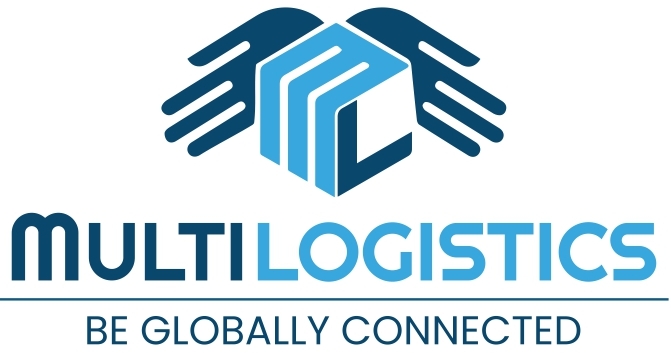
Customs Clearance Simplified: Tips for Smooth Import and Export Processes
Customs clearance is a crucial component of international trade. Whether you’re importing machinery from Germany or exporting textiles to the UAE, clearing goods through customs quickly and efficiently can save your business time, money, and hassle.
In this blog, we’ll simplify the customs clearance process and share actionable tips to help you navigate import-export regulations with confidence.
What is Customs Clearance?
Customs clearance is the process of preparing and submitting the required documentation to government customs authorities for the import or export of goods. It involves duties, taxes, inspections, and legal compliance with a country’s trade laws.
Key Documents Required for Customs Clearance
To avoid delays and penalties, ensure you have the following essential documents:
- Bill of Lading or Airway Bill – Proof of shipment.
- Commercial Invoice – Details of the sale and shipment.
- Packing List – Itemized list of all contents in the shipment.
- Import/Export License – Depending on goods and destination.
- Certificate of Origin – Proves where the goods were manufactured.
- HS Code Classification – Harmonized System codes for tax & duty.
- Insurance Certificate – Confirms goods are insured.
The Customs Clearance Process: Step by Step
- Pre-Shipment Preparation
- Ensure compliance with both the origin and destination country’s regulations.
- Verify product classification using the correct HS codes.
- Documentation Review
- Submit the necessary customs documents accurately and in advance.
- Any discrepancy may lead to cargo being held or penalized.
- Assessment of Duties and Taxes
- Customs authorities assess applicable import duties, GST, or other charges.
- Proper product classification and valuation are critical here.
- Physical Inspection (If Required)
- Random or risk-based inspections may be conducted by customs.
- Ensure proper packaging and labeling to avoid suspicion.
- Release of Goods
- Once customs dues are paid and documents are verified, goods are cleared and released for delivery.
Tips for Smooth Customs Clearance
- Partner with a Reliable Freight Forwarder:- Choose a logistics company (like Multilogistics) that understands local and international customs procedures and can handle paperwork and compliance.
- Use the Correct HS Code:- Using the wrong HS Code can result in incorrect duties, delays, or fines. Always verify codes through official channels or consult a customs expert.
- Maintain Accurate & Consistent Documentation:- Ensure your commercial invoice, packing list, and shipping bill match. Inconsistencies often trigger red flags during clearance.
- Be Aware of Prohibited or Restricted Items:- Every country has its own list of restricted goods. Check these before shipping and obtain licenses if needed.
- Keep Up with Regulatory Changes:- Customs regulations and trade agreements can change. Stay informed or work with a logistics partner who monitors these updates.
How Multilogistics Helps with Customs Clearance
At Multilogistics Pvt. Ltd., we provide complete customs clearance services for both imports and exports. Our team:
- Ensures proper documentation
- Calculates duties and taxes
- Coordinates with port and customs authorities
- Manages compliance and legal formalities
With us, your cargo moves smoothly across borders — hassle-free.
Final Thoughts
Efficient customs clearance is the backbone of successful international trade. With the right documents, expert support, and proactive planning, you can avoid costly delays and keep your supply chain running seamlessly.
Need help with customs clearance?
Contact Multilogistics Pvt. Ltd. today for end-to-end support in your global shipping journey.
